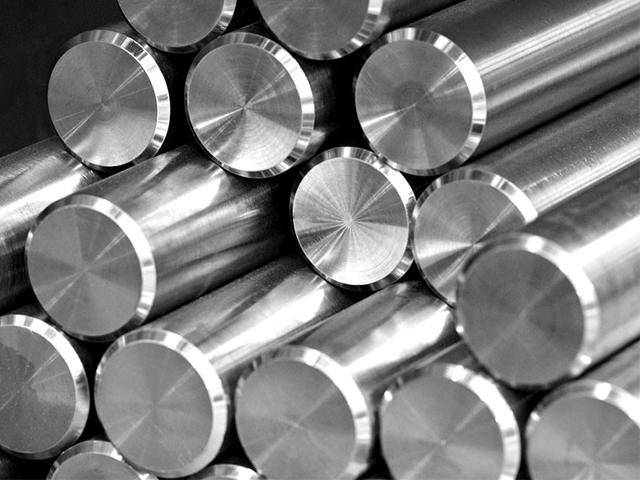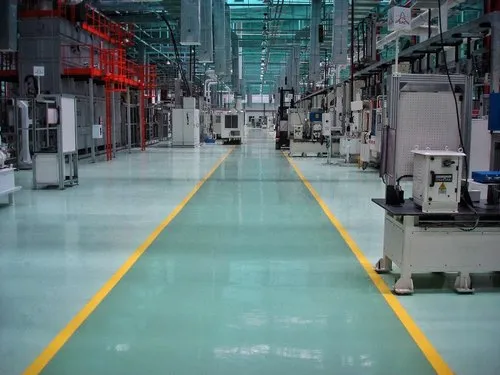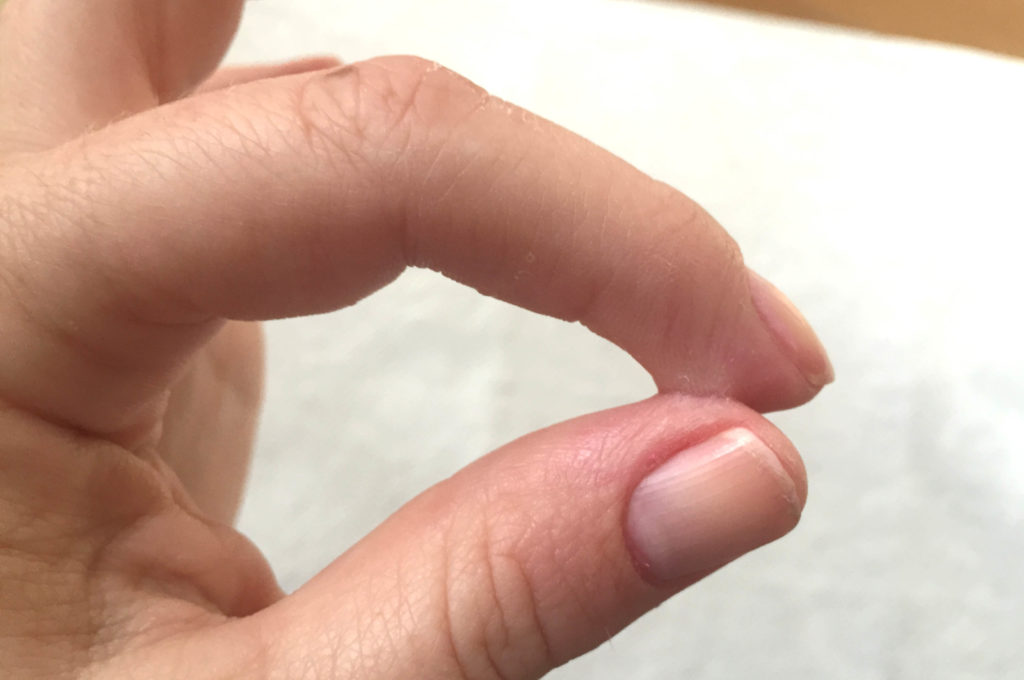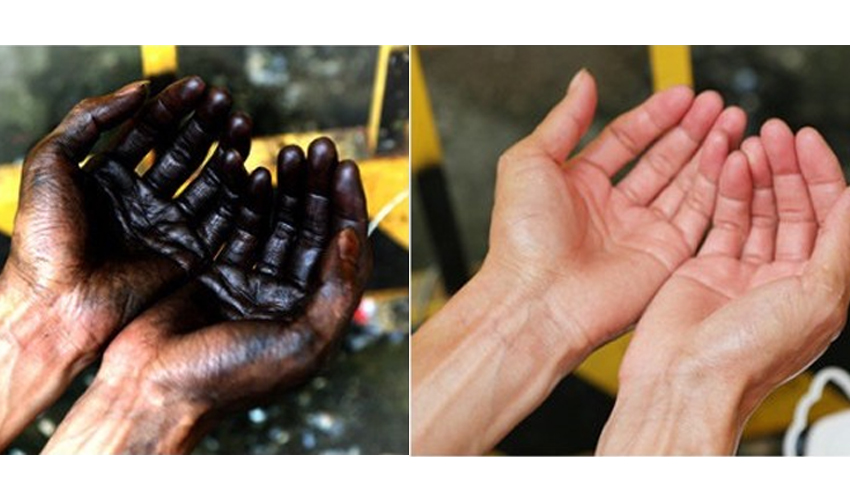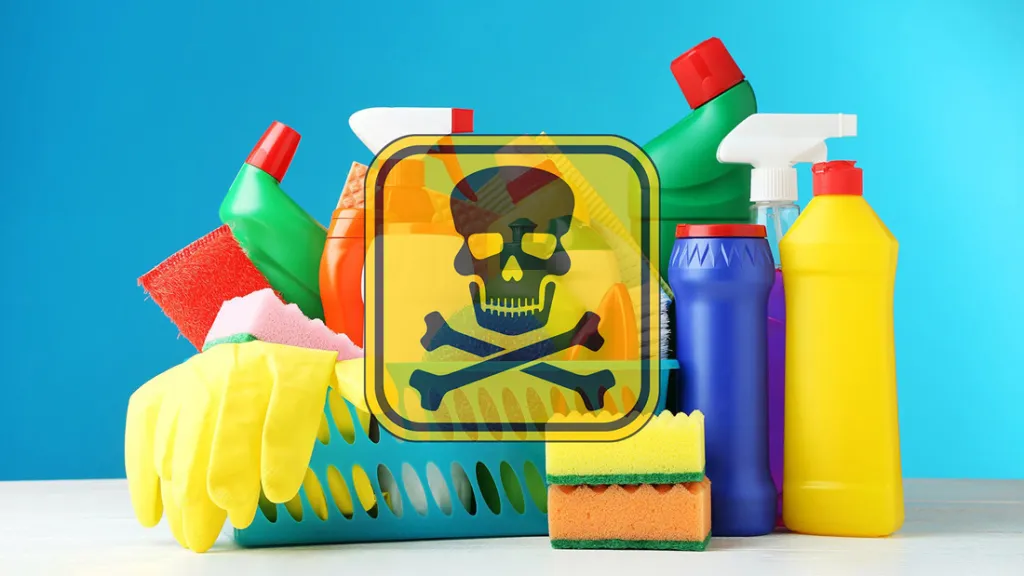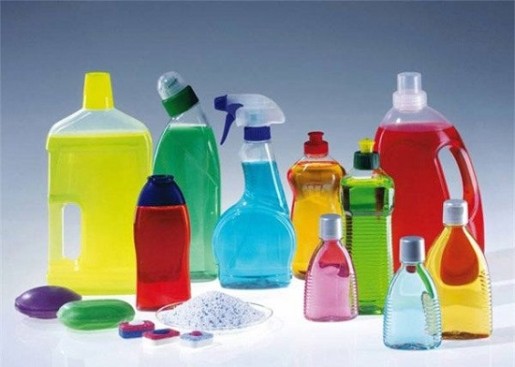Since ancient times, possibly around 6000 BC, humans have discovered metals. Over time, humans have learned how to transform different metals to achieve significant advancements in technology and life. Metals have played a crucial role in shaping human history, from the Bronze Age to the Iron Age and beyond. So, what are the five most commonly used metals in our daily lives? Let’s find out in the following article by Qualitas DC.
1. Steel
Steel is an alloy made from iron with various other metals and non-metals. Although iron itself is harder than other metals, it is very heavy and prone to corrosion. For these reasons, constructing and maintaining materials made entirely of iron can be challenging. Adding other materials to iron not only increases its hardness but also makes the material more durable.
Additionally, steel has a high ratio of hardness to weight compared to other metals, allowing for the production of small-sized steel components while still ensuring strength. With over 3500 different types and nearly 2 billion tons of steel produced globally each year, steel is the most widely used metal in the world.
Types of steel can be mentioned as:
+ Alloy steel
Alloy steel is created by combining elements such as chromium, manganese, nickel, tungsten, or vanadium with iron. Each alloying element brings different characteristics to the mixture, thus making alloy steel highly customizable.
Depending on the needs of the project, specific alloys can be modified to produce a variety of desirable qualities, some of which may be higher material strength or a product more resistant to wear. and higher corrosion. Alloy steel can be relatively inexpensive to manufacture, making it very widely used.
+ Stainless steel
Stainless steel is a highly corrosion resistant alloy consisting of iron, carbon, significant amounts of chromium and residues of other metals. It is a versatile material that is widely used in many households. From kitchen utensils to countertops, sinks and other furniture, stainless steel is the perfect choice for manufacturing anything that comes in contact with food because it doesn’t rust easily.
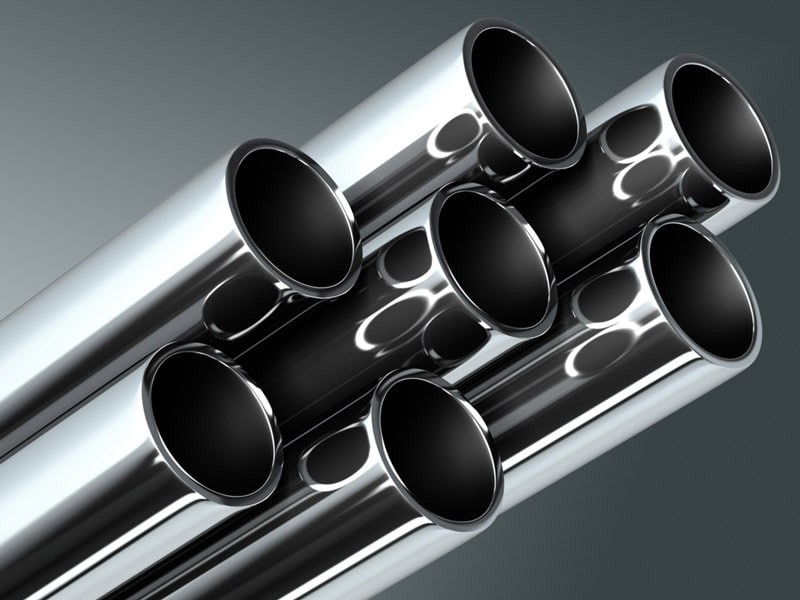
See also: Can stainless steel get rusted?
+ Carbon steel
Carbon steel is an alloy made of iron and carbon, sometimes with residues of other elements. It is generally classified into three groups (low, medium and high carbon steel) based on the amount of carbon the alloy contains. The more carbon used to make steel, the harder the alloy will be. On the other hand, a small amount of carbon creates an alloy that is easier and cheaper to manufacture. Carbon steel is commonly used to manufacture tools and mechanical parts but is best known as a structural building material.
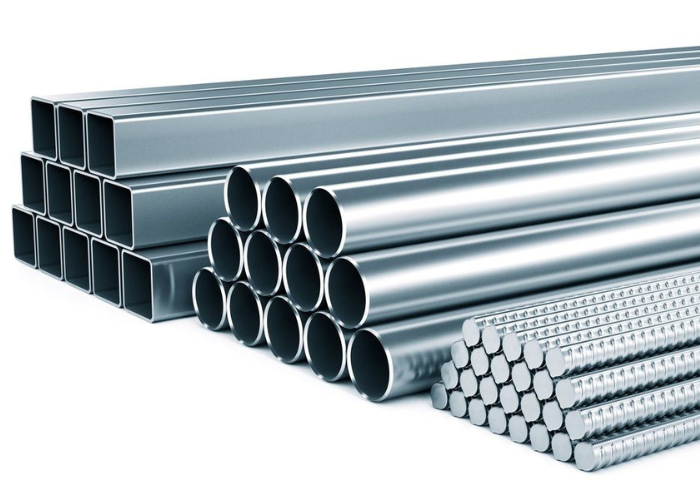
+ Tool steel
Because of its hardness, tool steel is used to manufacture cutting, drilling, and other shock-resistant tools. Hardness comes from alloying iron with elements such as cobalt, molybdenum, tungsten or vanadium. Tool steel has a wide range of applications, including the construction, shipbuilding and automotive industries. It is mainly used for machining and changing different steel grades.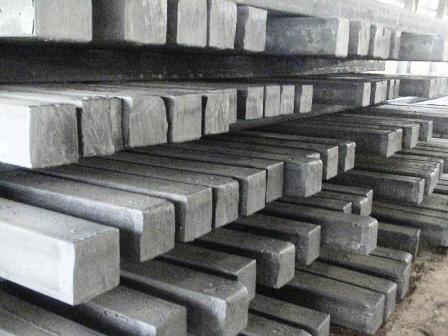
2. Iron
Iron is a common, high melting point and widely used metal that makes up about 5% of the Earth’s crust and ranks 6th among the most abundant elements. When iron is not combined with other elements, it is unstable and readily reacts with oxygen to form iron oxide. To increase stability, iron is often mixed with other elements to make steel.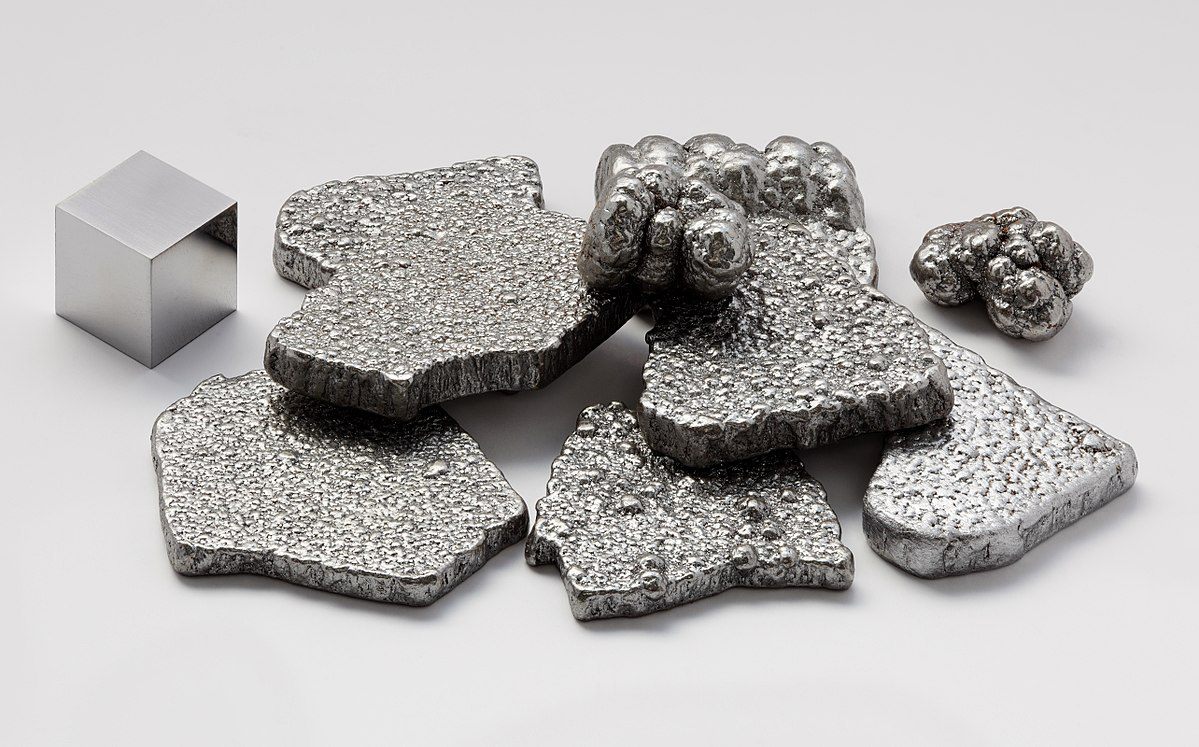
Some of the main applications of iron are:
+ In household, iron is often used in cookware because its porous surface, combined with hot oil, prevents food from sticking.
+ Construction: Iron is an important ingredient in construction. It is used in structures such as houses, bridges and high-rise buildings.
+ Transportation: Iron is used in vehicles such as cars, trucks, trains, and airplanes.
+ Industry: Iron is used in many different industries, including automobile manufacturing, chemical processing, and power generation.
+ Household appliances: Iron is used in many different household appliances, including tables and chairs, cooking utensils, and decorations.
+ Health: Iron is an important ingredient in many medicines and medical devices.
3. Aluminum
Aluminum is a very strong, lightweight and corrosion resistant metal extracted from bauxite ore. It was first produced in the 19th century. Aluminum quickly gained popularity and was widely used due to its ease of work, electrical conductivity and non-magnetic properties.
Aluminum is the most common non-ferrous metal on Earth, renowned for its ductility, flexibility, and ability to alloy with most other metals. Aluminum has a high hardness-to-weight ratio and although it does not rust, aluminum oxidizes and corrodes when exposed to salt.
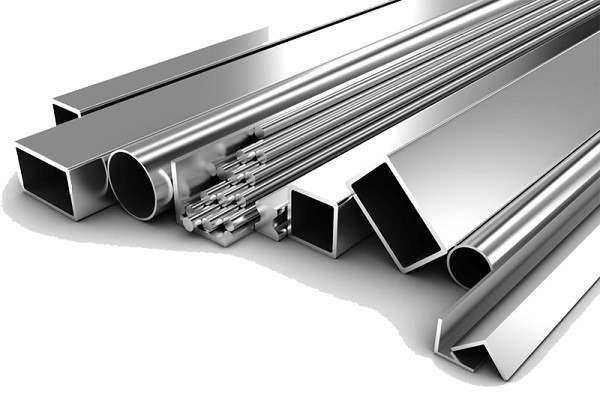
Aluminum is a valuable metal with many applications. Applications of aluminum are very wide, can be mentioned as:
+ Transport: Aluminum is a light, strong and durable metal. This makes it ideal for use in transportation where weight savings can lead to improved fuel efficiency. Aluminum is used in the construction of cars, trucks, airplanes, ships and trains.
+ Construction: It is used in the construction of buildings, bridges and other structures.
+ Packaging: Aluminum is used in many packaging applications, including food cans, beverage cans, and foil. It is a good choice for packaging as it is lightweight, inert and recyclable.
+ Electrical: Aluminum is a good conductor of electricity, making it ideal for use in electrical applications. It is used in the construction of electrical wires, cables and transformers.
+ Household goods: Aluminum is used in a wide variety of household goods, including pots and pans, utensils, furniture, and window frames. It is a good choice for household goods because it is light, durable and easy to clean.
+ Other applications: Aluminum is also used in many other applications in medical, chemical processing, aircraft manufacturing, etc.
4. Zinc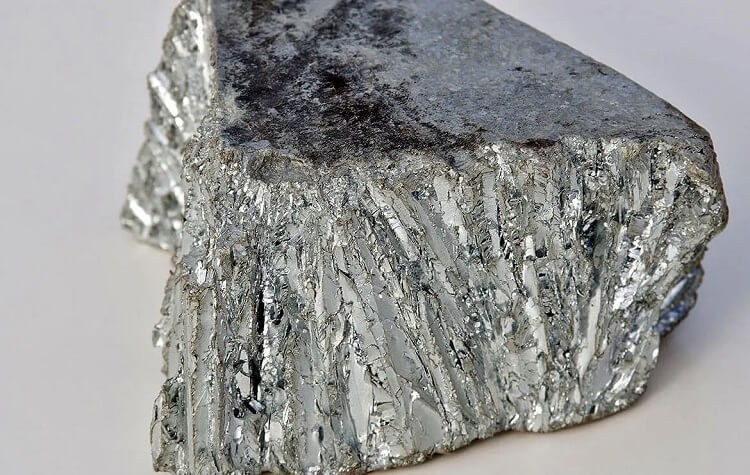
Zinc is a common metal with a low melting point. Since ice cream has a smooth flow in its liquid form, it is easy to mold and recycle. The final product produced by zinc is quite hard and has a low electrochemical potential.
Applications of zinc include:
+ Galvanizing: Zinc is used to galvanize zinc and steel to protect them from corrosion. Galvanized steel is used in many applications, including vehicle bodies, roofing and fencing.
+ Die casting: Zinc is used in casting molds to produce small, complex metal parts. Die-cast zinc parts are used in a wide variety of products, including toys, electrical appliances, and automotive components.
+ Alloys: Zinc is used in a variety of alloys, including brass, brass, and nickel silver. These alloys are used in many applications, including jewelry, musical instruments, and plumbing fixtures.
+ Zinc Oxide: Zinc oxide is a white pigment used in a wide variety of products, including paints, plastics, and cosmetics. Zinc oxide is also used in sunscreens to protect the skin from the sun’s harmful rays.
+ Zinc metal: Zinc metal is used in many applications, including batteries, roofing, and ammunition.
In addition, zinc is an essential trace element for humans and animals. It is involved in many bodily functions, including wound healing, immune function, and protein synthesis. Zinc deficiency can lead to many health problems, including growth retardation, delayed wound healing, and impaired immune function.
5. Bronze
Bronze is created by alloying copper and tin. Usually includes small amounts of elements such as aluminum, manganese, silicon or phosphorus. Although brittle, bronze is a hard element known for its ability not to bend or crack.
Due to its high corrosion resistance and good thermal and electrical conductivity, it is used to manufacture electrically connected devices such as electrical wires, church bells, ship parts and reflectors.
In addition, bronze is also used to create decorative products in the home such as decorations, furniture, jewelry, etc.
Above are 5 common metals in life, read more articles below for more information:


